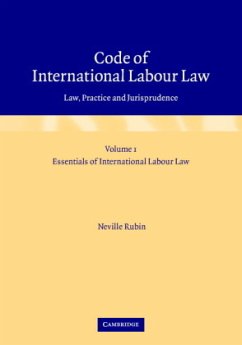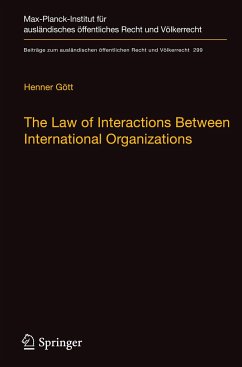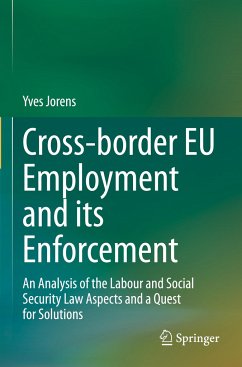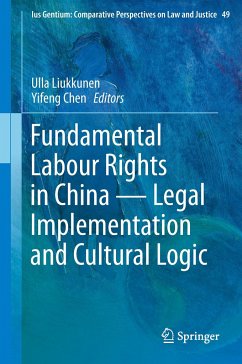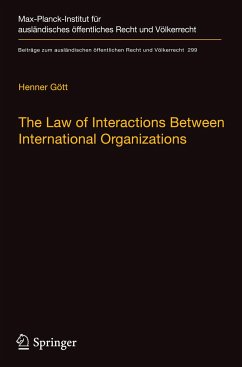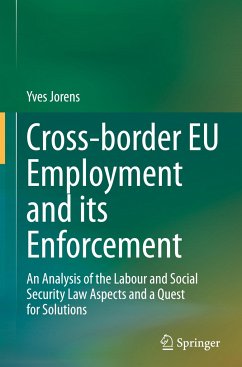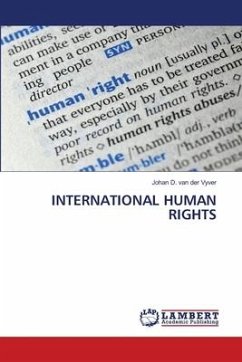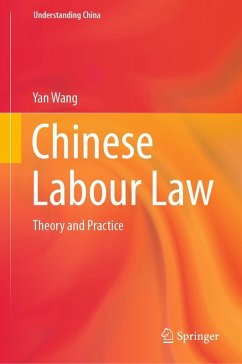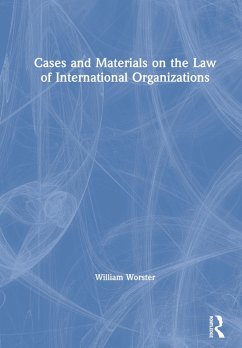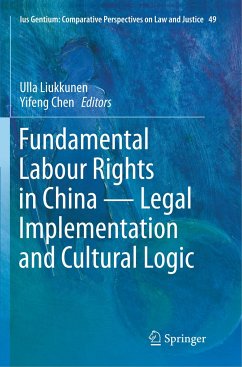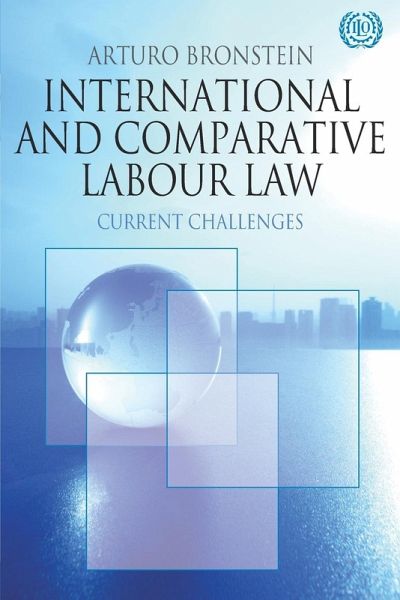
International and Comparative Labour Law
Current Challenges

PAYBACK Punkte
44 °P sammeln!
A stimulating, authoritative account of international employment law written by a leading figure who for many years has shaped global policy, striving to implement fairer working conditions worldwide. We are expertly guided though the context and development of labour law, making this book ideal for study or research.




